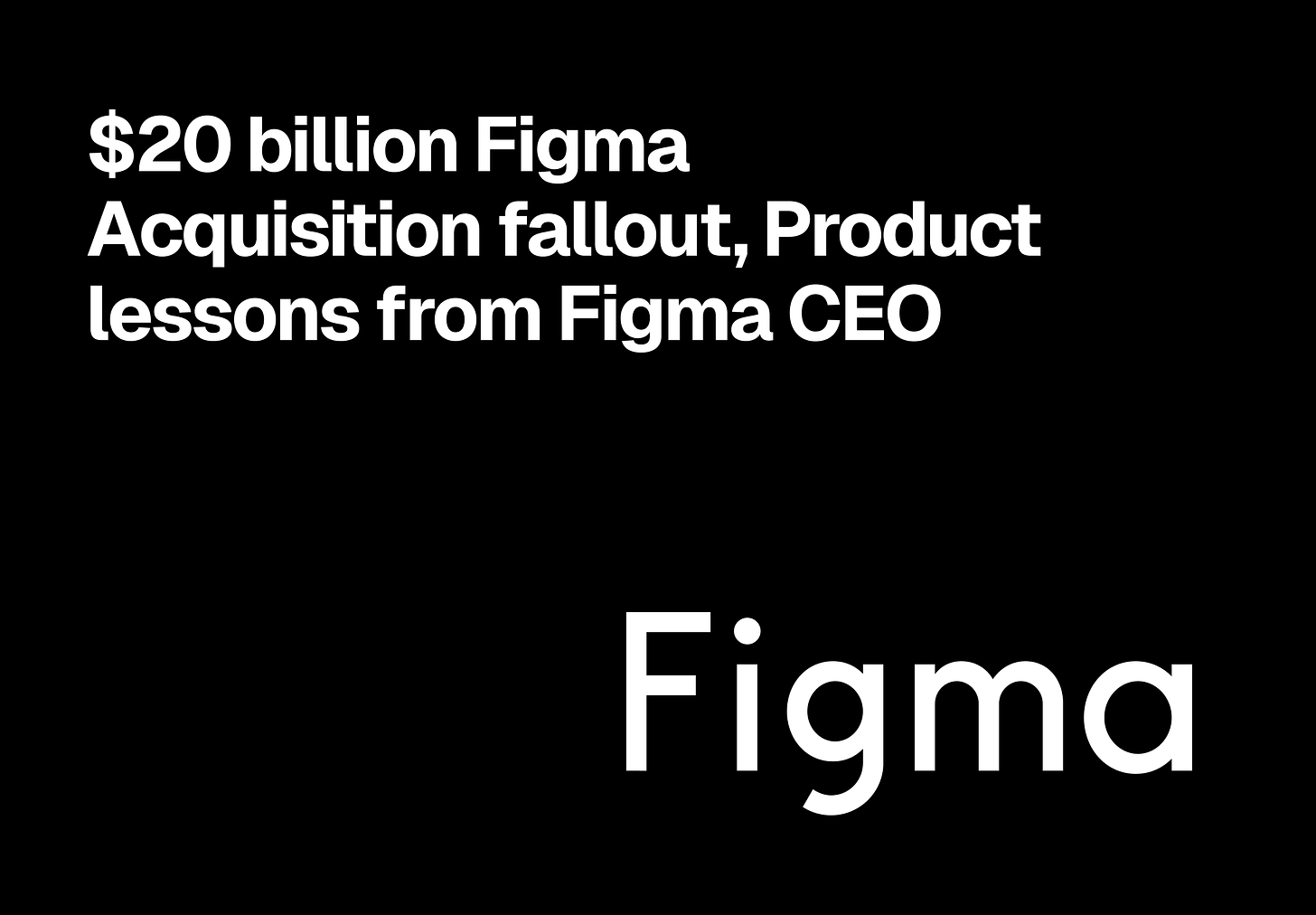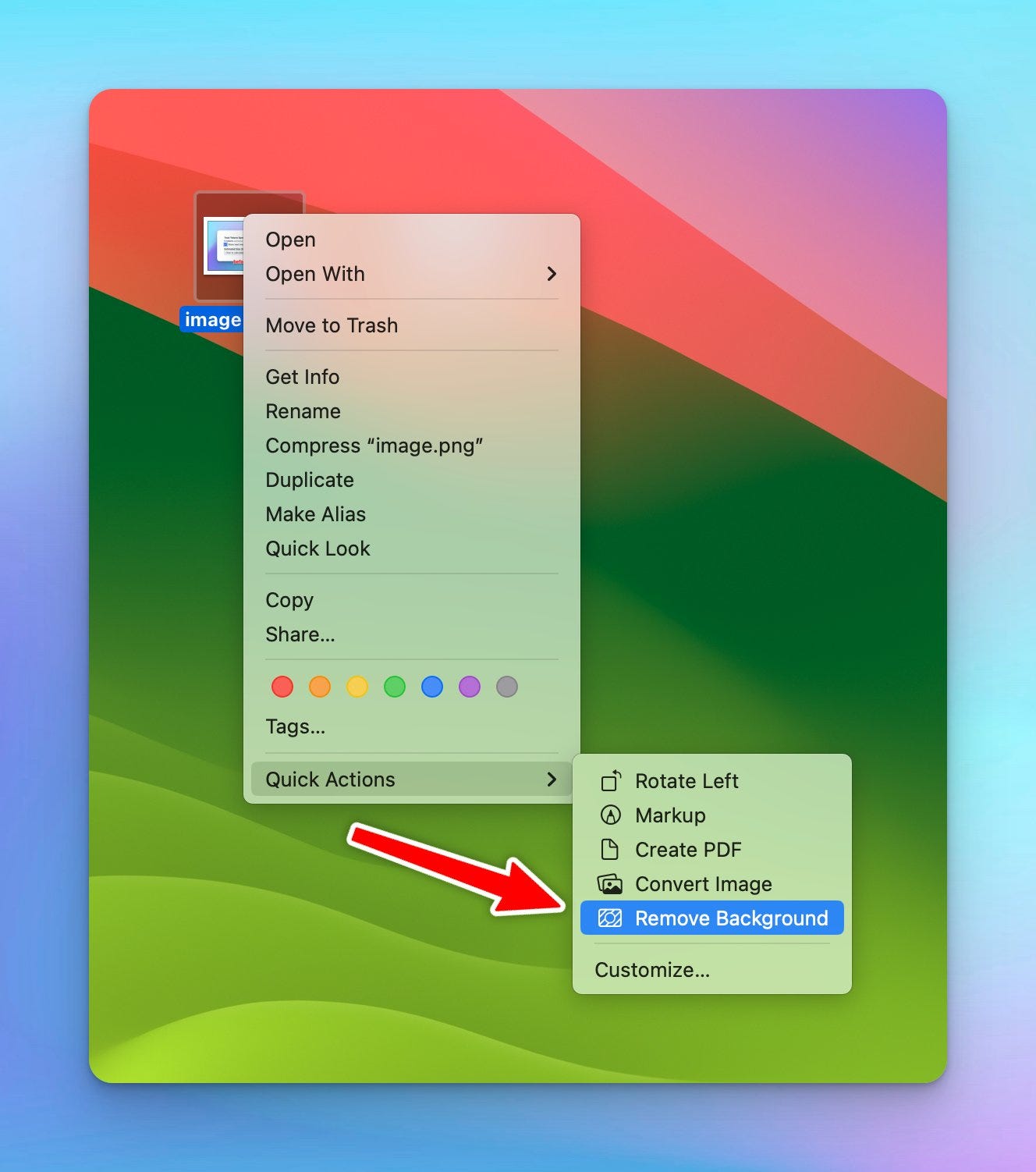$20 billion Figma Acquisition fallout, Product lessons from Figma CEO
This are product lessons and tips showing what we can learn from how Figma CEO (Dylan Field) buildt figma to be a product everyone loves
👋 Hello, Idris here! Welcome to this week's Indiniche newsletter. Each week, I feature tips and stories from successful self-made founders, share insights on building great products, talk about growing your business, and showcase essential tools to help you build and scale better.
If you've found this newsletter helpful, please spread the word to your friends and consider subscribing if you haven't yet.
Welcome to this week’s edition of the Indieniche newsletter! Thanks for embarking on this journey with us. In case you missed last week's newsletter discussing Atlassian's acquisition of Loom for $975 million, you can catch up on it right here
Today, we're spotlighting one of my all-time favorite design tools that has revolutionized our approach to design and collaboration: Figma.
Figma, conceived by Dylan, stands out as a collaborative cloud-based web application tailored for designing user interfaces. It made waves when it announced its $20B merger with Adobe in September 2022. However, this union was short-lived, lasting only 15 months, as regulatory concerns in the EU and the United Kingdom prompted its abandonment.
My appreciation for Figma predates the Adobe acquisition debacle. I've been a devoted user since its inception, just a year after its initial launch. In the realm of interface design, options were limited: you either grappled with Photoshop, Illustrator, or Adobe XD or opted for the pricey Sketch at $99. Figma offered a refreshing alternative, providing a straightforward path to product and interface design. Its simplicity and user-friendly interface remain unparalleled.
One of the things that made most people switch to figma while starting out is its low barrier of entry , ease of use and the fact that its colaborative on cloud.
You can simply log in from anywhere to access Figma and start designing right away. This stands in stark contrast to Sketch, which requires downloading software and often comes with a hefty price tag. Personally, I've been using Figma extensively for all my product UI/UX work, collaborating seamlessly with team members across multiple projects.
The graphics on this article was designed in figma
Recently, I stumbled upon an article featuring interviews with Dylan regarding the fallout of Figma's merger acquisition, along with his insights and future plans. I found it crucial to shed light on their journey, from the inception of Figma to what lies ahead.
Here are some key takeaways that can enhance your product development journey...
Software is eating the world
You heard it correctly: software is truly revolutionizing our world. I first encountered this concept from Gary Tan of YC, and it still astonishes me. Witnessing a small startup and its tool, created just 5-6 years ago from the ground up, surpass established leaders like InVision and Sketch, and even challenge industry behemoths like Adobe, is remarkable. The emergence of Figma demonstrates the profound influence of exceptional software on our work practices. Just half a decade ago, Figma was nonexistent, highlighting the transformative power of innovative software.
Staying True to Vision and Values
Despite the tumultuous aftermath of the Figma acquisition fallout, Dylan Field remained steadfast in upholding Figma’s fundamental values and mission. He reiterated the significance of prioritizing user experience, nurturing a culture of innovation, and empowering designers globally. By unwaveringly adhering to these guiding principles, Figma not only endured but also flourished amidst adversity.
Revenue matters a lot
In the article, Dylan revealed that Figma had amassed a staggering $600 million in revenue, along with an additional $1 billion windfall from the fallout with Adobe – an astonishing sum indeed! 😮. Figma's billing strategy has become quite intense lately; even users on the free plan find themselves nudged towards upgrading. Initially, they adopted a strategy of offering low prices to attract a large user base and gather feedback. However, as they rolled out more features, they began to restrict access to some unless users upgraded. This shift essentially compels users, including small businesses, to pay for access to unlock the platform's full potential. Figma's journey underscores the importance of both creating an outstanding product and strategically developing revenue streams along the way.
It’s okay to start with small pricing
From the outset, pricing served as a pivotal differentiator for Figma, setting it apart from competing tools and establishing a foundation of trust. Their affordability from the beginning fostered a strong bond with the community and solidified their reputation. By offering accessible pricing, Figma effectively lowered the barrier to entry for aspiring and novice designers, enabling them to learn the fundamentals of interface design and embark on a journey of career growth and skill development.
Be innovative and conquer
A standout feature that set Figma apart was its cloud collaboration functionality accessible directly from the browser. This meant you could access Figma from anywhere in the world without relying on your personal laptop, which was a game-changer for me. Unlike Adobe, Sketch, and InVision, which struggled to achieve this for a considerable time, Figma succeeded in providing seamless browser-based collaboration. This capability served as a crucial differentiator, emphasizing the importance of identifying and leveraging unique strengths when building a product.
M&A deals all the way
With a substantial reserve of funds, Figma has been strategically acquiring products to enhance their workflows and processes, aiming to complete the value chain of software development from gaining buy-in to shipping and measuring. Their implementation of AI into their product began after acquiring Diagram, a small company founded by Jordan Singer, which utilized GPT-3 to generate design ideas with minimal input. This acquisition appears to be a promising addition from a product perspective, and it wouldn't be surprising if they pursued further acquisitions. I'm intrigued by the potential of tools that simplify coding, such as Framer for web design, or those with motion capabilities like ProtoPie, as well as the emergence of no-code tools that integrate design and development. The future holds much anticipation, and I'm curious to witness how it unfolds.
Communication is key always
You need to always communicate with your team and make them aligned about what’s happening always, Dylan Field prioritized transparency with figma employees, stakeholders, and the design community. By keeping lines of communication open and honest, Figma fostered trust and unity, strengthening its position in the market
Learning from Setbacks
Field viewed the failed sale of the fallout as a valuable learning experience. He emphasized the importance of resilience in the face of adversity and the need to embrace failure as a catalyst for growth. By analyzing the reasons behind the setback and learning from their mistakes, He characterized this as keeping your foot on the gas always at any point in time.
Indie Tip of the Week
The indie tip of this week features how to remove background from any picture without using any complex software and you can find that feature right from any MacOS laptop
As someone who frequently works with background removals, I've relied on tools like Adobe's background remover or searched for alternatives online. It's surprising to see some app makers charging as much as $10 just to remove backgrounds from picture
Credits to Tony Dinh for the background removal feature from any MacOS,
All you need to do is right-click on the picture from your macbook and navigate to quick actions, then remove background and Volla, You’re done.
Let me know if you found this tip helpful; I'd love to hear from you in the comments!
Indie product of the week
Check out meme social built by thecreativemena
As I scrolled through my Twitter feed, I stumbled upon this fascinating meme discovery tool. It provides a curated list of engaging memes perfect for illustration purposes.
I believe this product holds immense promise and I'm eager to see its future developments. I've already downloaded several memes to incorporate into my own work, and I must say, it's quite impressive.
Give it a try and share your thoughts on the product!
Indie Trivia for the week
What mineral can you add to water to make things float easier??
Let me know your answer in the comments.
Share your product with indie niche users
Do you have a product you'd like to share with our community of over 1,000 indieniche founders?
Drop us a line detailing what makes your product stand out, whether it's a SaaS, marketplace, app, newsletter, or anything else innovative. We're eager to hear from you!
We will pick a product to feature in next week’s newsletter. Thanks for sharing and looking forward to hearing from you.






